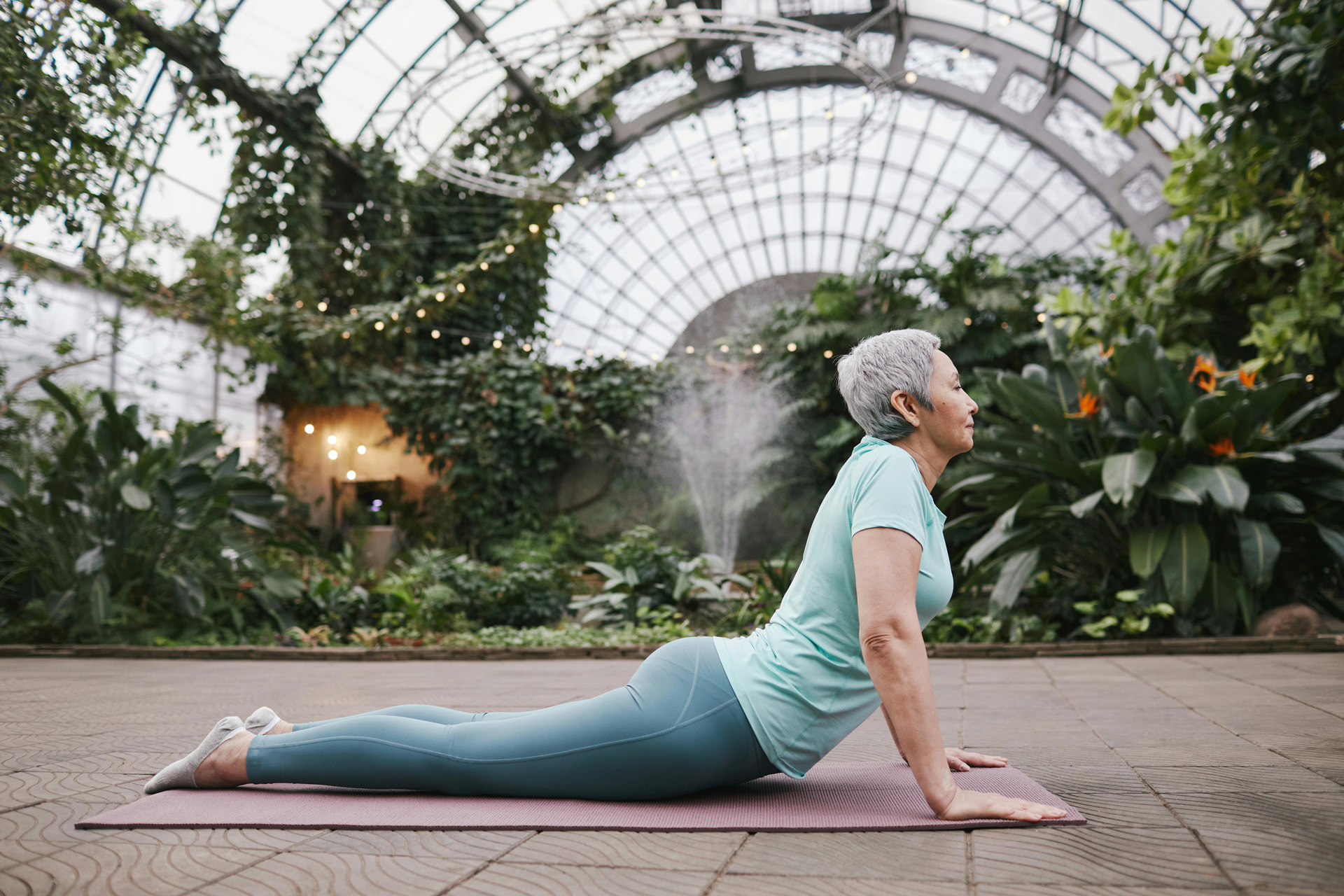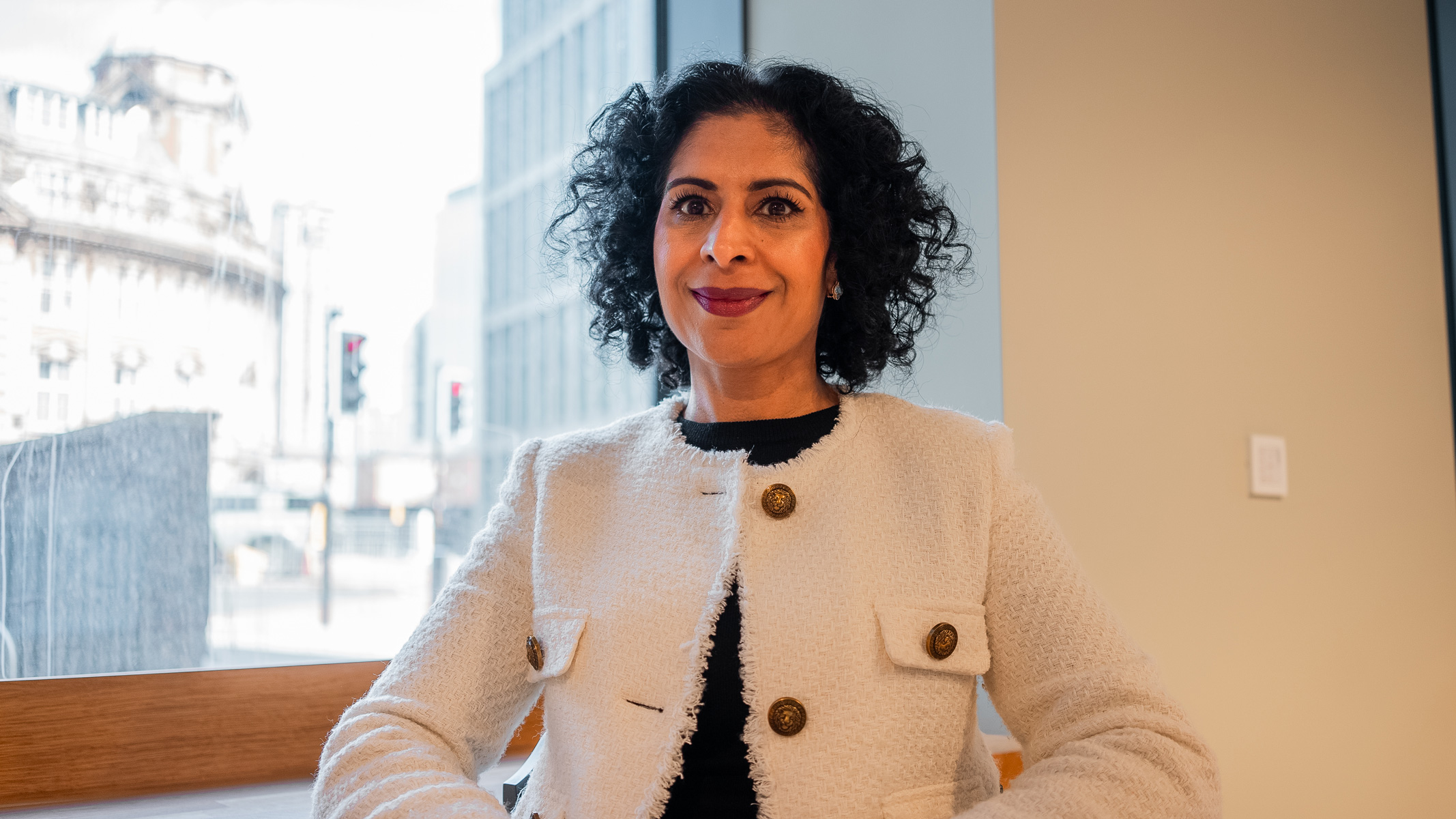Osteoporosis Treatment

Your bones are made up of a variety of different cells and blood vessels that work together to keep your bones strong. Bone density is the measure of the quantity of tissue and cells that make up your bone, a reduction in bone density can lead to an increase in fracture risk.
Women in perimenopause or menopause the bone starts to deteriorate, making bones weak. This is called osteoporosis. This can result in bone breaks and fractures, some of which can be severe. Post-menopausal women can lose up to 10% of their bone mass within the first five years, largely due to decreased oestrogen levels.
What is Osteoporosis:
It is a degenerative disease that makes bones more brittle and more prone to fracture. Low bone mass or Bone Mineral Density (BMD) and/or structural changes in bone tissue are all hallmarks of osteoporosis. This leads to a reduction in bone strength, raising the possibility of fractures. This develops slowly overs several years and is sometimes only discovered after a fall or accident causing a bone to break. Osteoporosis is usually painless until a bone is broken.
The World Health Organisation (WHO) have defines osteoporosis using T-score, which is a measure of bone density compared to the average healthy women in their 20s. The T-score apply to men and women. Osteoporosis is defined as a T-score of -2.5 or less.
For women over 65 years, the fracture risk of any bone is 3 to 5 times that of men. The most common fracture is the hip. In some cases, osteoporosis may not present itself until it is complicated by a fracture:
- Vertebral crush fracture/Loss of height
- Hip fracture
- Colles fracture(a break in the radius close to the wrist)
Causes and Risk Factors
Osteoporosis affects both men and women. It is more common in older people, however, it may affect younger people too.
There are several reasons why you may be affected:
- Low body weight: You are more likely to have to have less bone tissue.
- Smoking: Slows down the cells that build bone in your body. Women who smoke also increase their chances of an early menopause.
- Alcohol: Drinking too much can affect the cells that build and break down bones. It makes you unsteady on your feet making you more likely to trip, fall and break a bone.
- Slip, trips and falls: If you have a low balance, coordination and reflexes, you are more likely to trip or stumble and potentially break a bone in a fall.
- Genes: Research shows that if one of your parents broke their hip, you are more likely to break a bone yourself.
- Aging: In your late 30’s the amount of bone tissue starts to naturally decrease. This happens at a different rate in different people. The amount of bone tissue you have is known as bone density, which is measured in a bone density scan, known as DEXA Scan. As you get older, your bone tissue loses strength and is more likely to break regardless of your bone density.
- Women: Have smaller bones compared to men and due to hormonal changes during menopause, the loss of bone strength is at a faster rate because the levels of oestrogen decrease.
- Broken bones: If you have a history of broken bones, including the spine, you are much more likely to break a bone in the future. Research shows that after one broken bone, you are two to three times more likely to have another.
- Medication: A number of medicines are known to affect bone strength. It is important you don’t make any changes without talking to your doctor first. The medicines are:
- Glucocorticoid (Steriods) tablets, if more than 3 months
- Anti-epileptic medication
- Breast cancer treatment
- Prostate cancer treatment
- Other medications which may affect bone strength, however further research is needed:
- Medication used to reduce inflammation of the stomach and oesophagus. (PPI)
- Diabetic medication in the glitazone group
- Injectable progestogen (Depo Provera)
- Some mental health medications such as: Tricyclic antidepressants, Selective serotonin reuptake inhibitors (SSRIs).
How to Prevent Osteoporosis:
To prevent osteoporosis a calcium-rich diet, weight-bearing activities, and medication are essential. HRT plays a vital role, oestrogen stimulates the formation of new bone and slows down bone loss, reducing the risk of fractures by 50%.
HRT is the preferred treatment for osteoporosis prevention in menopausal women, especially those with premature ovarian insufficiency (POI).
Symptoms and Diagnosis:
If you have osteoporosis, your chances of breaking a bone are higher than those of an ordinary adult.
As bones lose strength, they can break after a minor bump or fall. These are known as fragility fractures. Broken bones and a fracture are the same thing.
To determine if you are at risk, we carry out a number of different tests:
- Blood Tests – A vitamin D blood test may be done to determine whether a deficiency in vitamin D is the cause of a known bone issue or difficulty absorbing calcium. We can treat these low levels with supplements before they cause health issues. Also we can undertake blood tests to rule out any other medical conditions.
- Bone Density Scan.- Bone density levels are measured using a DEXA-scan, which takes 10-20 minutes. These scans use low-dose X-rays to give us a better idea of your body composition, which includes lean tissue mass, fat tissue mass and bone mineral density. We can start your preventative therapy based on the results of these scans and continue to monitor changes over time.
- Fracture Risk Assessment (FRAX) – Your risk of breaking a bone
Other tests may be required for investigation, only if the above are inconclusive.
Treatment for Osteoporosis:
We offer comprehensive treatment options to manage and improve bone health based on the individuals requirements:
Treatment Options
Nutrition and Supplements:
- Calcium: Is essential for bone health and can be obtained through diet and supplements
- Vitamin D: Is crucial for calcium absorption, It can be synthesized through sun exposure or by taking a supplement.
- Balance Diet: A diet rich in fruits, vegetables, lean proteins and whole grains supports overall bone health. Women going through menopause need to increase their intake of calcium and Vitamin D in their diet.
Lifestyle Changes:
- Exercise: Weight-bearing and muscle strengthening exercise are vital for maintaining bone density. Activities like walking, dancing and resistance training are highly recommended.
- Smoking: Smoling can accelerate bone loss, by quitting smoking you can improve your bone health and overall wellness.
- Limit Alcohol: Excessive alcohol can interfere with calcium balance and bone formation.
Medication:
- Hormone Replacement Therapy (HRT): Is very useful for menopausal and post-menopausal women to help maintain bone density by replenishing oestrogen levels.
- Biphosphonates: These are commonly prescribed for osteoporosis. They help prevent bone loss and reduce the risk of fractures.
Fall Preventions:
- Home safety: Making your home environment safer by removing tripping hazards, using non-slip mats and installing grab bars in bathrooms to prevent falls.
- Balance training: Exercise to improve balance and coordination such as tai chi can help to reduce the risk of falls.

Book a consultation with us today
Symptom
Checker
Our symptom checker makes it easier for you to identify your symptoms and pinpoint whether menopause is the root cause of your issues, or if we need to refer you for further investigations.





